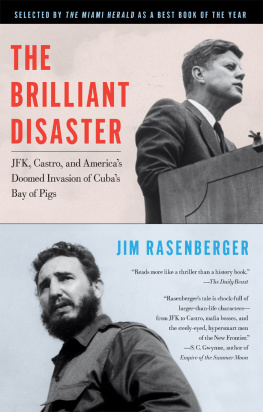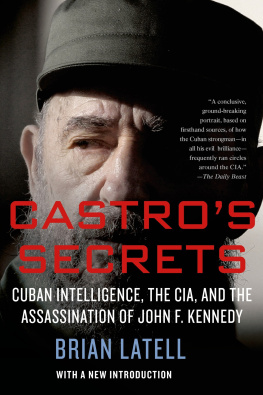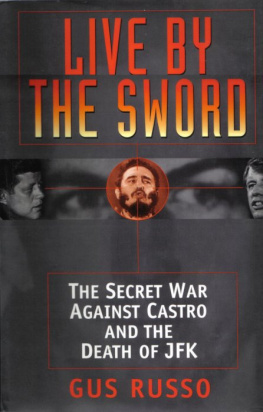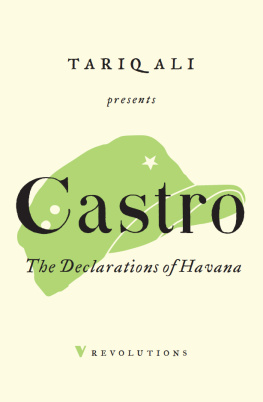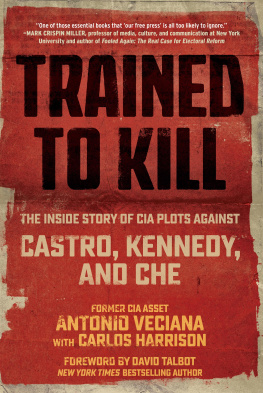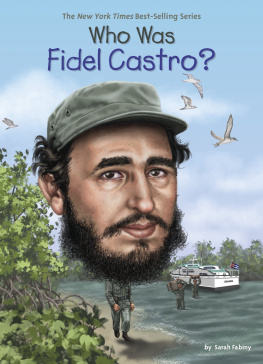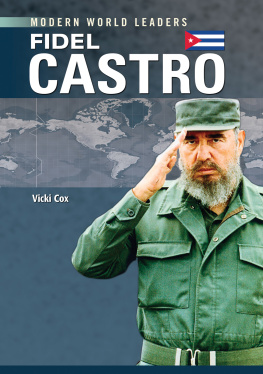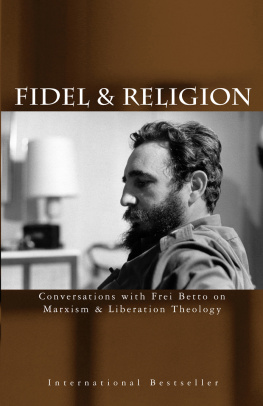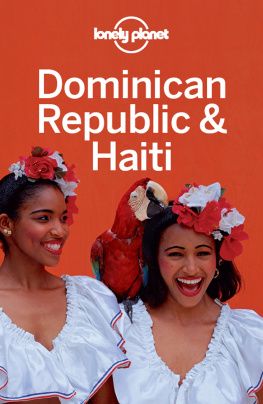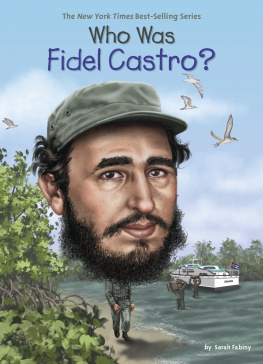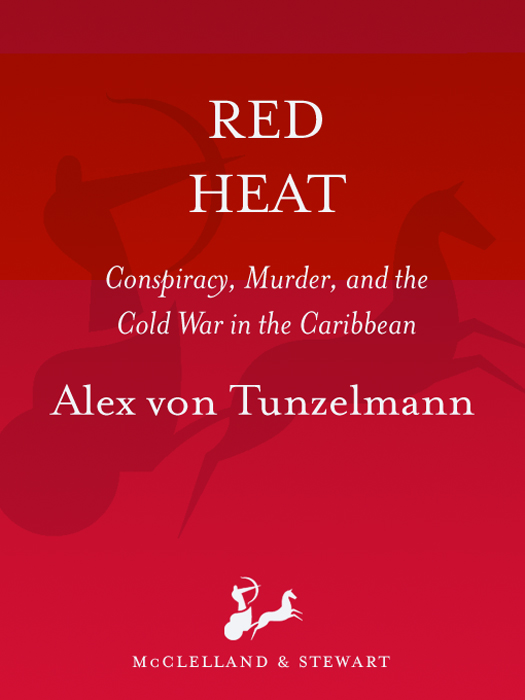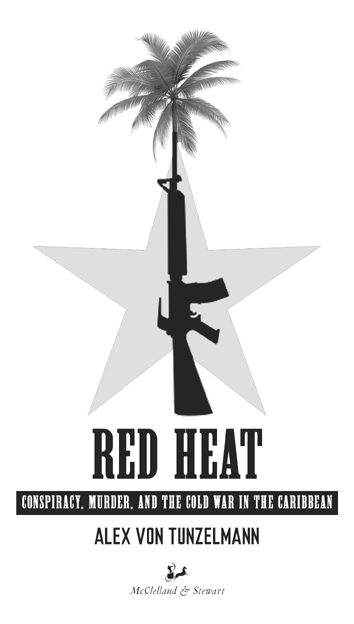ALSO BY ALEX VON TUNZELMANN
Indian Summer
Copyright 2011 by Alex von Tunzelmann
All rights reserved. The use of any part of this publication reproduced, transmitted in any form or by any means, electronic, mechanical, photocopying, recording, or otherwise, or stored in a retrieval system, without the prior written consent of the publisher or, in case of photocopying or other reprographic copying, a licence from the Canadian Copyright Licensing Agency is an infringement of the copyright law.
Library and Archives Canada Cataloguing in Publication
Von Tunzelmann, Alex, 1977
Red heat : conspiracy, murder, and the Cold War in the Caribbean / Alex von Tunzelmann.
eISBN: 978-0-7710-8730-1
1. CubaPolitics and government19591990. 2. Castro, Fidel, 1926. 3. Guevara, Che, 19281967. 4. Dominican RepublicPolitics and government19301961. 5. Trujillo Molina, Rafael Lenidas, 18911961. 6. HaitiPolitics and government 19341971. 7. Duvalier, Franois, 19071971. 8. Cold War. I. Title.
F2183.V66 2011 972.9052 C2010-90403-2
We acknowledge the financial support of the Government of Canada through the Book Publishing Industry Development Program and that of the Government of Ontario through the Ontario Media Development Corporations Ontario Book Initiative. We further acknowledge the support of the Canada Council for the Arts and the Ontario Arts Council for our publishing program.
McClelland & Stewart Ltd.
75 Sherbourne Street
Toronto, Ontario
M5A 2P9
www.mcclelland.com
v3.1
In memory of J. B. Dyhouse
I hope to God you know what you are doing there. Oh, I know your motives are good, they always are. I wish sometimes you had a few bad motives, you might understand a little more about human beings. And that applies to your country, too, Pyle.
G RAHAM G REENE , The Quiet American, 1955

In our countries, people like voodoo practitioners and cannibals are as potent in affairs of state as any trained diplomat. They know how to fight and survive in our political jungles. Outsiderslike the Central Intelligence Agency, with all its trained personnel, equipment and lavish budgetdo not.
A RTURO E SPAILLAT (former director of intelligence, Dominican Republic), 1963
CONTENTS
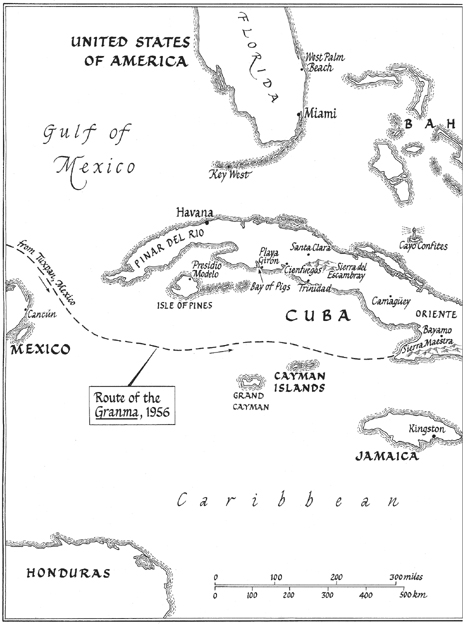

THE SECRET WAR
T HE PLOT WAS AIMED AT NEW YORK: THE MOST FAMOUS CITY IN THE richest nation on earth, and the most sought-after prize for any anti-American terrorist. Reports said it was put into motion by a cell of fanatical young men, who saw the United States, with its interventionist foreign policy, as the worlds oppressor.
A series of sensational attacks had been planned to hit almost simultaneously across the northeastern United States, with vast and indiscriminate loss of life. The targets were chosen because they were symbols of American wealth or the American military. New York was going to burn, and the world was going to watch.
That morning, New York was saved. The date was 17 November 1962. The fanatical young men were Cubans. They had planned to bomb Macys, Gimbels, and Bloomingdales department stores during the Christmas rush and, simultaneously, to hit military installations and oil refineries. It was announced to the press that agents of the Federal Bureau of Investigation picked them up just in time, mostly from a costume jewelry business, and also broke up what it claimed was a sabotage school run by Cubans who had been linked to their countrys representation at the United Nations. From Washington, Attorney General Robert F. Kennedy issued a statement praising the FBI. From Havana, Prime Minister Fidel Castro claimed that the arrests were without foundation.
History has few perfect parallels. On 11 September 2001, when a different group of anti-American fanatics did pull off an even more dramatic act of terror in New York City, there were plenty of differences between their fundamentalist Islamic ideas and those of the Cuban communists forty years before. But 17 November, coming just a fortnight after the Soviets had agreed to remove missiles from Cuba, had some similar themes. The United States attempts to promote its own brand of freedom, democracy, and free market capitalism had offended third-world ideologies. They rallied around an icon of anti-Americanismin 2001, Osama bin Laden; in 1962, Fidel Castro. Both men were the sons of privileged families. Both became revolutionaries. Both drew their strength from their oppositional position to what is sometimes (and not only by its critics) called the American empire, though others prefer the term American hegemony: the political ambitions, military adventures, and economic programs of the United States abroad. Both of their movementsfundamentalist Islam and communismserved the same purpose in a crude but effective type of American domestic politics. They could be portrayed simply and powerfully as an ultimate evil bent on the destruction of the United States. Against them, the nation could be rallied.
On that basis, both attacks would attract the attention of conspiracy theorists, some of whom asked whether the impression made on the general public was so beneficial to the American governments aims that it might have staged the attack itself. In the case of 17 November, the shocking thing is that the conspiracy theorists may well have been right. The Joint Chiefs of Staff had suggested in March 1962 that they could stage a terrorist campaign in Miami and Washington, and blame it on the Cuban government. There is no question that they were prepared to kill civilians in the process. Ideas put on paper included sinking boats full of real refugees fleeing from Cuba to Florida, and attempting to assassinate Cuban exiles. Exploding a few plastic bombs in carefully chosen spots, the arrest of Cuban agents and the release of prepared documents substantiating Cuban involvement also would be helpful, the chairman of the Joint Chiefs wrote. As these plots have come to light, it has looked increasingly like the official story of the supposedly Cuban attempted bombing of New York cannot be taken at face value. The question that must be asked about 1962 is not whether it is feasible that the government of the United States might have resorted to such techniquesevidently, it mightbut what could have been going on among the palm trees on a couple of islands in the Caribbean to provoke a superpower to such extreme action.
In October 1962, John F. Kennedy and Nikita Sergeyevich Khrushchev would take their nations to the brink of a nuclear holocaust, a war of unimaginable destruction. The crisis was provoked by a band of bearded guerrillas, mostly in their twenties and early thirties. Two and a half years earlier, these guerrillas had improbably assumed control of a modestly sized island, previously notable in the American consciousness for cocktails, casinos, and pretty girls. They had allowed the Soviet Union to place nuclear warheads within striking distance of Washington, D.C. Never in its history had the United States been so threatened. Never had the world come closer to nuclear war.


